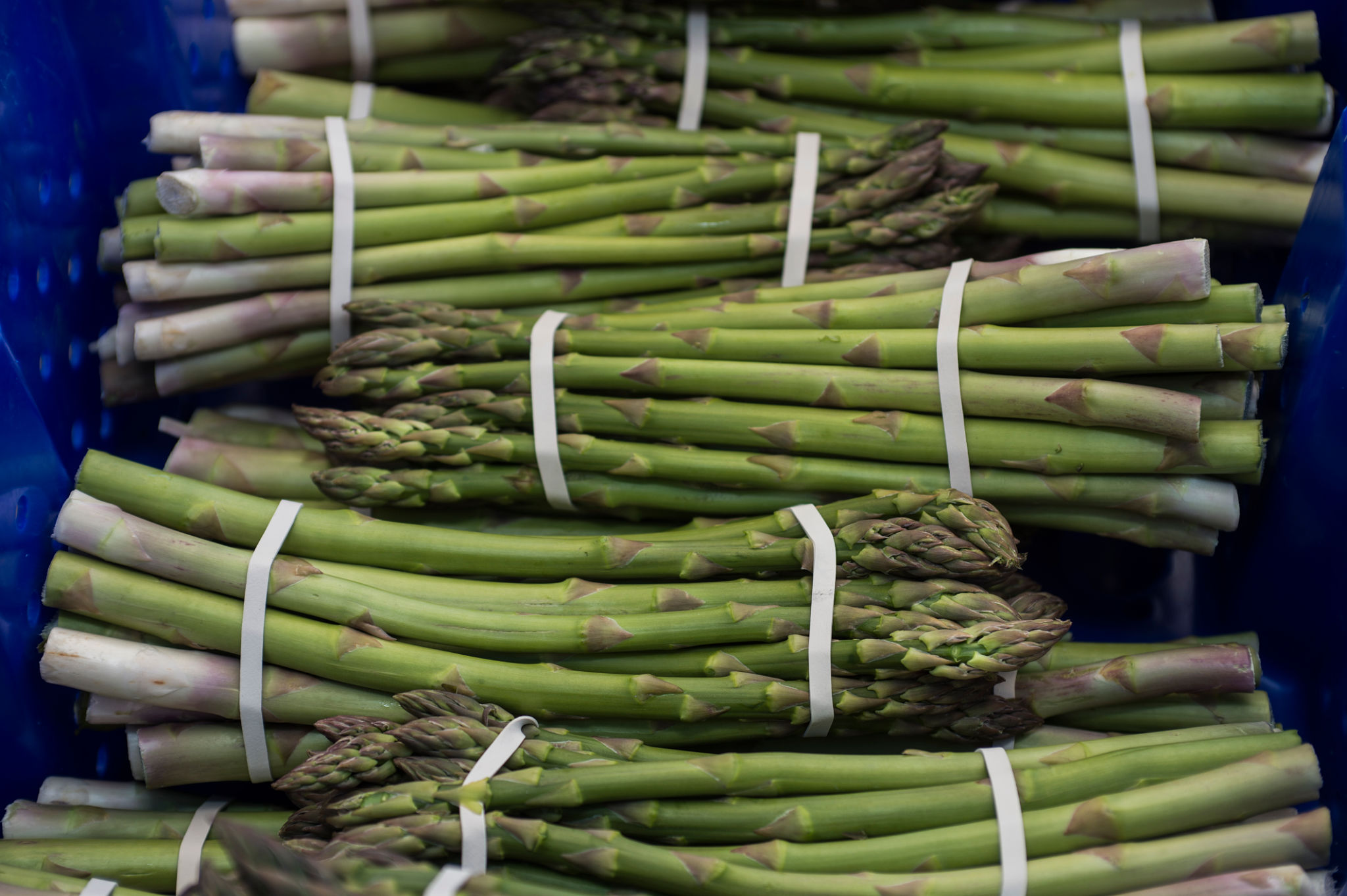A Guide to Shipping Asparagus: Best Practices for Peruvian Exporters
Introduction to Asparagus Exporting
Peru has become one of the leading exporters of asparagus globally, renowned for its high-quality produce. With the increasing demand for this nutritious vegetable, understanding the best practices for shipping asparagus is crucial for maintaining its freshness and quality. This guide provides Peruvian exporters with essential tips and strategies to optimize their shipping processes.

Pre-Shipment Considerations
Quality Control
Ensuring the asparagus meets international quality standards is the first step in successful exporting. It is crucial to inspect the produce for uniformity in size, color, and texture. Any damaged or discolored spears should be removed to maintain the shipment's overall quality.
Packaging Techniques
Proper packaging is vital to preserve asparagus's freshness during transportation. Exporters should use breathable packaging materials that allow air circulation while protecting the produce from physical damage. Consider using modified atmosphere packaging (MAP) to extend shelf life by controlling the oxygen and carbon dioxide levels within the package.

Optimal Transportation Methods
Refrigerated Shipping
Maintaining the right temperature is essential to prevent spoilage. Asparagus should be shipped using refrigerated containers set between 0°C and 2°C. This temperature range helps retain freshness and nutritional value, ensuring that the asparagus reaches its destination in prime condition.
Choosing the Right Carrier
Selecting a reliable carrier with experience in handling perishable goods is critical. Look for carriers that offer real-time tracking and temperature monitoring services. This ensures that any issues can be quickly addressed, minimizing the risk of product loss or degradation.

Customs and Documentation
Understanding Export Regulations
Familiarize yourself with the import regulations of the destination country, including any phytosanitary requirements and certifications needed. Proper documentation is crucial to avoid delays at customs. Ensure that all paperwork, such as invoices, certificates of origin, and packing lists, is complete and accurate.
Navigating Trade Agreements
Leverage trade agreements between Peru and importing countries to benefit from reduced tariffs and smoother customs processes. Staying updated on any changes in these agreements can provide a competitive edge in the market.

Post-Shipment Strategies
Feedback and Evaluation
After shipment, seek feedback from importers regarding the quality and condition of the asparagus upon arrival. This information is invaluable for continuous improvement and maintaining strong business relationships.
Building Long-Term Partnerships
Establishing trust with buyers through consistent quality and reliable delivery schedules can lead to long-term partnerships. Consider offering value-added services such as customized packaging or branding to enhance your offerings and differentiate your products in the market.
By adhering to these best practices, Peruvian asparagus exporters can optimize their shipping processes, ensuring that their produce reaches international markets in excellent condition, thereby enhancing their reputation and expanding their market presence.
